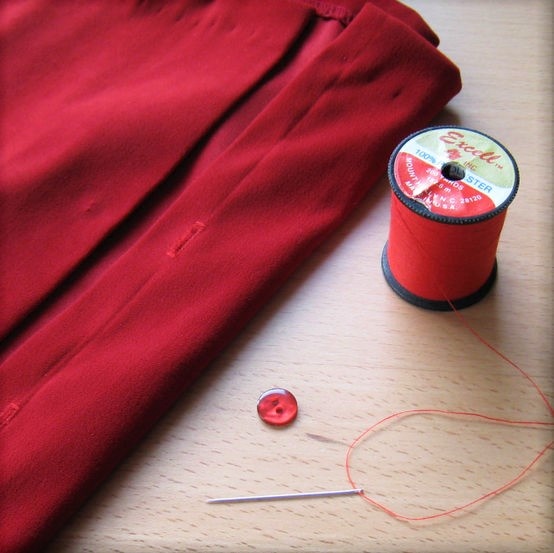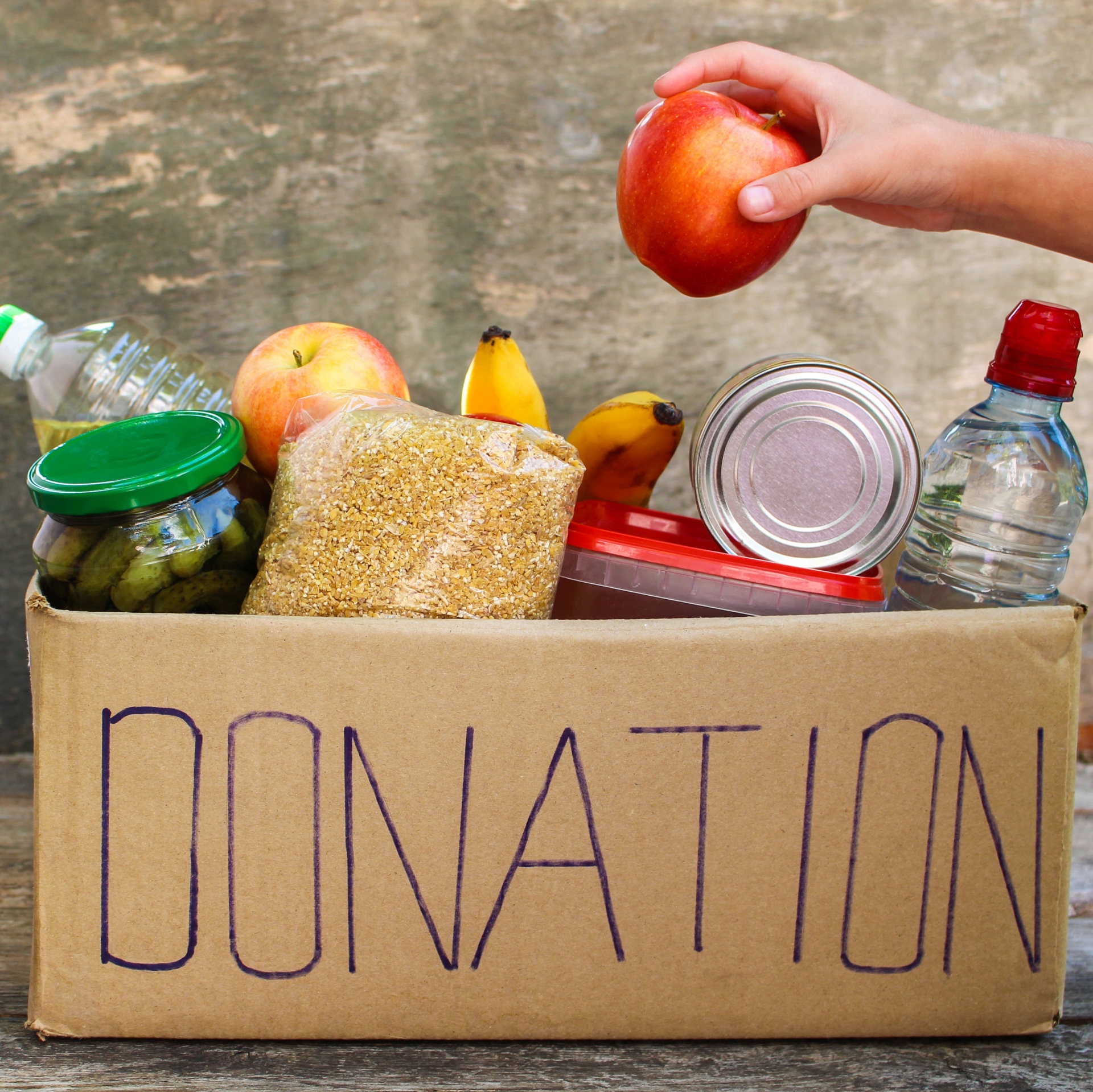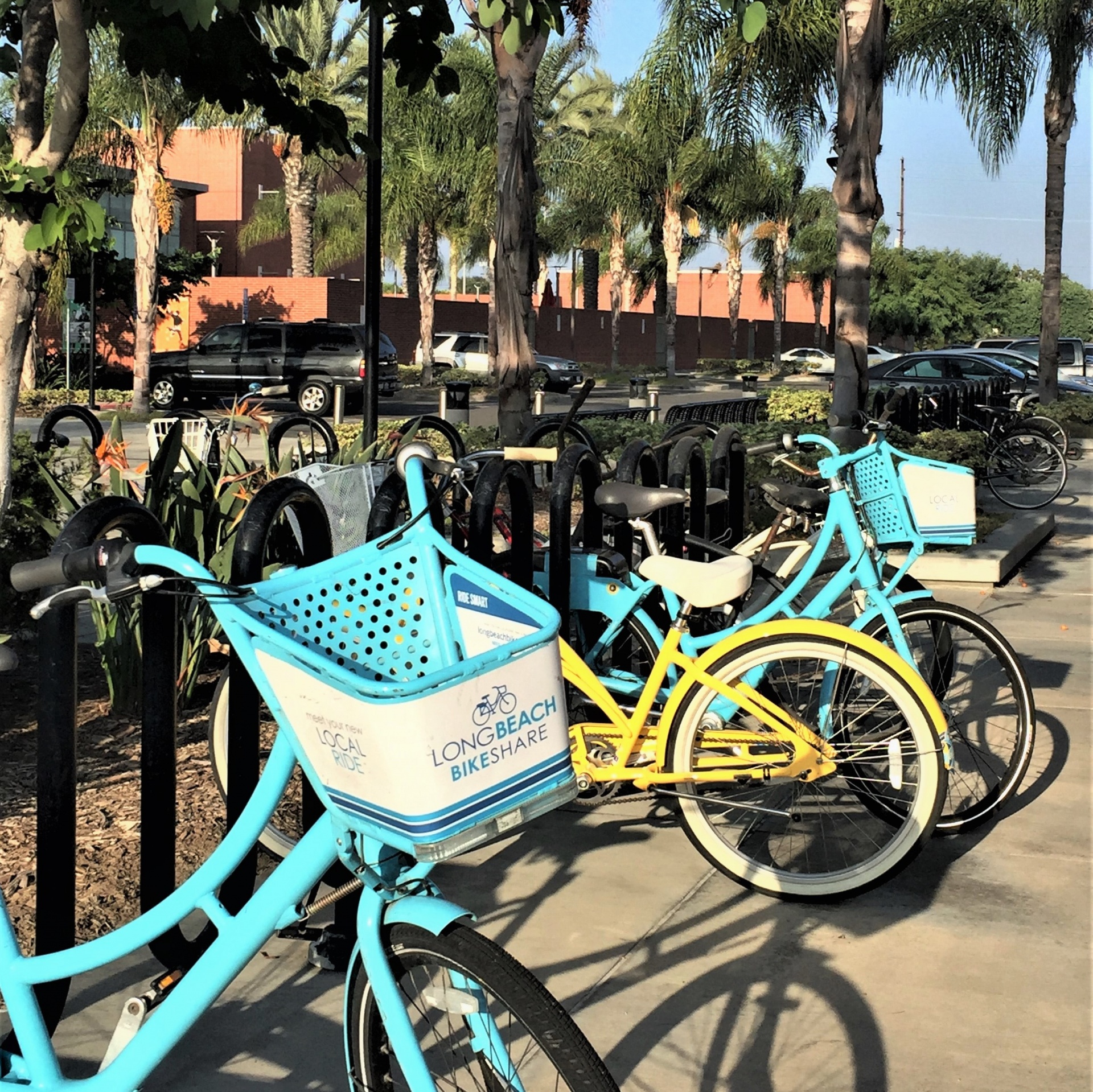Tips for a Greener Spring Cleaning
The spring cleaning season is upon us and the vibe is contagious; even the messiest among us might feel inspired to stop binge watching Netflix’s Tidying Up with Marie Kondo and actually declutter and organize their own living spaces.
If you feel like your living space is too cluttered or unorganized, it’s time to get moving into the spring cleaning groove.
Decluttering has been shown to:
- Reduce stress
- Increase productivity
- Improve mood and mental well-being
But beware! Spring cleaning does not mean simply throwing away everything that you don’t need. In many cases, it is more of a reevaluation to make the most of what you have and to prioritize what really matters to you.
Here are some tips on how you can make your spring cleaning more sustainable, efficient and rewarding!
Lose it or Reuse it?
Look at your items through a more creative lens and ask yourself whether items can be used in a different way to meet your needs.
Not sure where to start? Use these examples for some inspiration:

- Repurpose an old T-shirt into a tote bag
- Turn an old picture frame into a serving tray
- Make an old bulletin board into a jewelry organizer
- Cut unwanted clothing into indoor and outdoor cleaning rags
- Save your old toothbrush to clean dirty shoes
- Use a jar to store homemade salsa
The possibilities are endless! There are many other creative ways to repurpose items and extend the product’s life.
After exhausting all possible uses, lose it (responsibly, that is). Sending items to the landfill should be the last resort for your unwanted or unneeded items. Recycle everything you can or donate other still-usable items to charity.
Prepare to Repair
In many cases, it is cheaper and more sustainable to repair a broken item. For example, you can give your old laptop a boost by clearing out unnecessary files, removing viruses or investing in a computer upgrade. Getting your favorite pair of boots resoled or patches sewn into the elbows of a beloved blazer can give them a second life.

If you have items that cannot be repaired, then it might be time for it to be discarded in the most environmentally responsible way such as disposing electronics at your local e-waste center and placing all recyclable items in your blue recycling bin. When recycling, make sure to check your city’s recycling program for a list of acceptable items.
What Wear Why

To avoid feelings of buyer’s remorse, resist the temptation of fast fashion throughout the year and choose higher quality clothing that is more durable and that you truly see yourself using long-term.
A helpful tip when sorting through clothes is to set aside clothes you are not sure about and store them away from your room or living space. If after about 2 weeks you don’t miss them, you likely don’t need to keep them.
Another option is to host a clothing swap with your friends. That sweater from last season that always fit you kind of weird could end up being your friend’s new favorite piece!
Donating When You Can

If you really want to donate locally, donate to our campus!
The ASI Recycling Center accepts clothing donations for students and the homeless population.
You can donate unwanted school supplies -such as notebooks, books, pencils, etc.- to the Student Swap Shop housed in the Beach Pantry. You’ll be giving your items a new life while helping out a fellow student.
The Sharing Economy

Always on the go? Instead of buying a new car, you can register for a car sharing program to save money and decrease your carbon footprint.
Here are some other examples:
- Public libraries - such as the University Library (students, make those tuition dollars stretch!)
- Car share programs - such as Zimride, a private ride sharing network for CSULB
- Bike share programs - such as Long Beach Bike Share
- Community gardens - such asCSULB’s Grow Beach Organic Garden
Declutter & Plan Ahead
I

To make next year’s spring cleaning easier, make conscious decisions about what you choose to purchase throughout the year to avoid collecting items that are unnecessary. You’ll save more money in the long run and help to conserve our planet’s limited resources.
In the words of Marie Kondo, “It's important to understand your ownership pattern because it is an expression of the values that guide your life. The question of what you want to own is actually the question of how you want to live your life.”
Seek out experiences, enjoy time in nature, and spend quality time with loved ones to replace the urge to shop for “things” that create clutter in our lives and can get in the way of what is truly important.
Happy [sustainable] cleaning!





